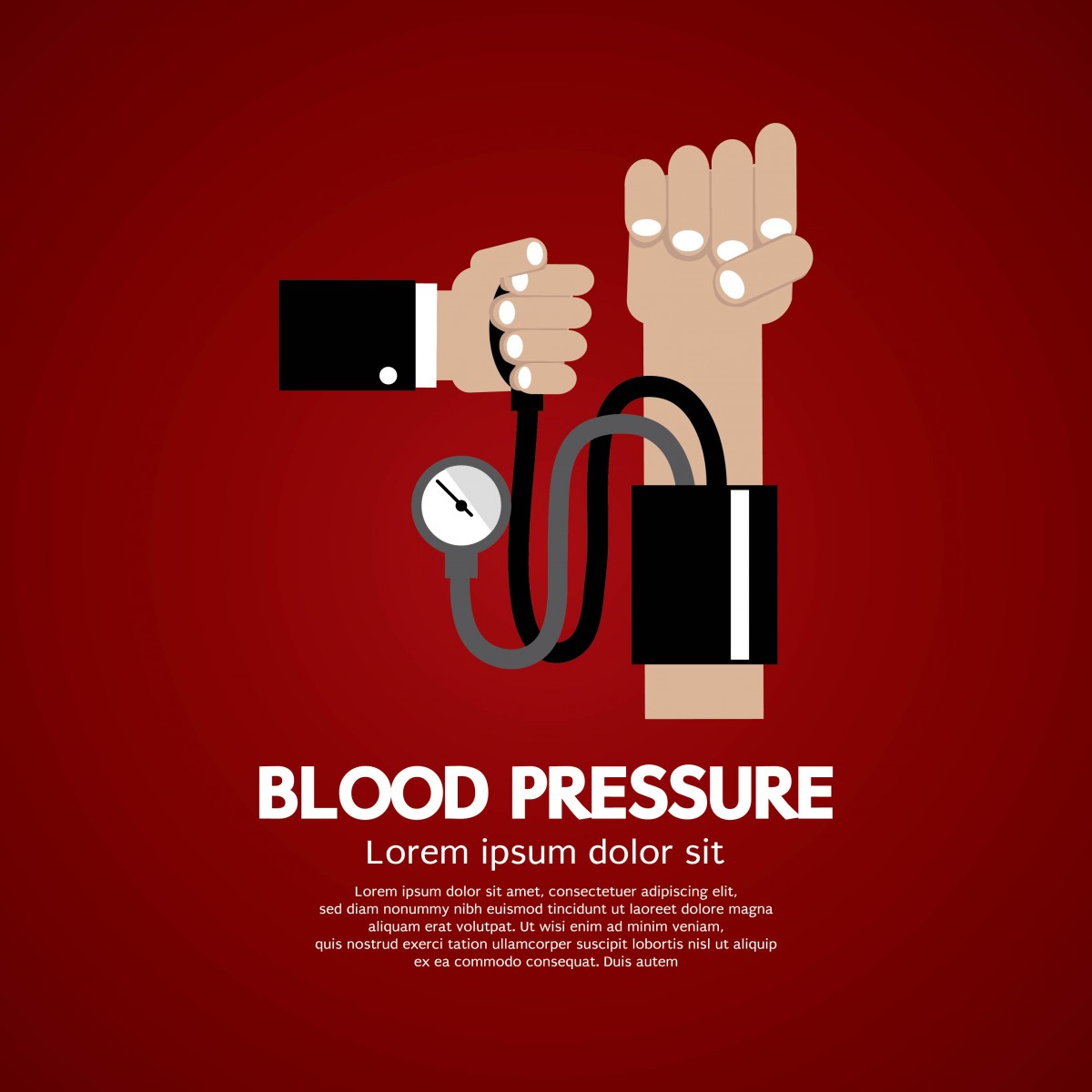Study Highlights Effects of Shortness of Breath, Fatigue in PAH Patients’ Quality of Life

In a new study titled “Symptom Interference Severity and Health-Related Quality of Life in Pulmonary Arterial Hypertension,” researchers determined which symptoms experienced by people with pulmonary arterial hypertension (PAH) are most self-limiting and interfering in daily quality of life. The study was published in the Journal of Pain and Symptom Management.
PAH is a chronic disease and a form of pulmonary hypertension. It is characterized by increased blood pressure in lung arteries due to their abnormal constriction. The increased pressure forces the heart to work harder to pump blood to the lungs, ultimately leading to right heart failure and eventual death.
People with PAH experience severe symptoms that limit their health-related quality of life (HRQOL, a comprehensive concept that includes self-reported measures of physical, mental, emotional, and social functioning). Beyond symptom severity, it is crucial to determine how symptoms interfere with daily life in order to understand how to better manage and cope with the disease daily.
In the new study, the authors evaluated PAH symptoms in a comprehensive manner, specifically to describe the symptoms that interfere with patients’ daily-life; the scale of its interference; sociodemographic and clinical characteristics and symptoms associated with perturbations of HRQOL in patients with PAH. The authors recruited 191 patients with PAH (mean age was 53 years and the majority of patients were female, 85%) who completed a sociodemographic form. HRQOL was assessed by the Pulmonary Arterial Hypertension Symptom Interference Scale (PAHSIS) and the Medical Outcomes Survey Short Form-36.
The team identified the following symptoms as those interfering the most with patients’ lives — shortness of breath on exertion (92%), fatigue (90%), and sleep difficulty (57%). Overall, general health, physical function, role physical, vitality, and the composite physical summary scores were diminished, when compared to the U.S. population. Age, gender, functional class, oxygen use, fatigue, dizziness and Raynaud’s phenomenon symptoms (affects the blood supply to certain parts of the body, typically the fingers and toes) were associated with patients HRQOL physical health scores.
Though there were limitations to the study, including that PAH was self-assessed without confirmation through health provider reporting or clinical records and lack of racial/ethnic groups diversity, the study as the first to report PAH patients’ experience of multiple symptoms had significant impact on their HRQOL and ability to function in daily life. The new insights could help improve PAH patient care and quality of life.







